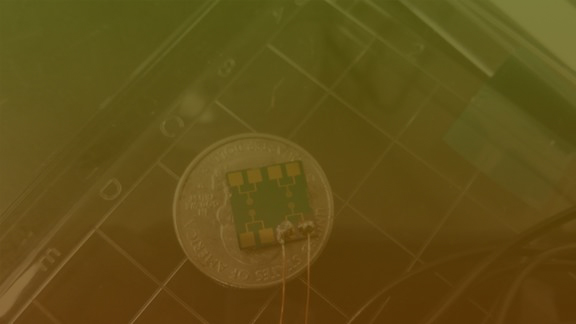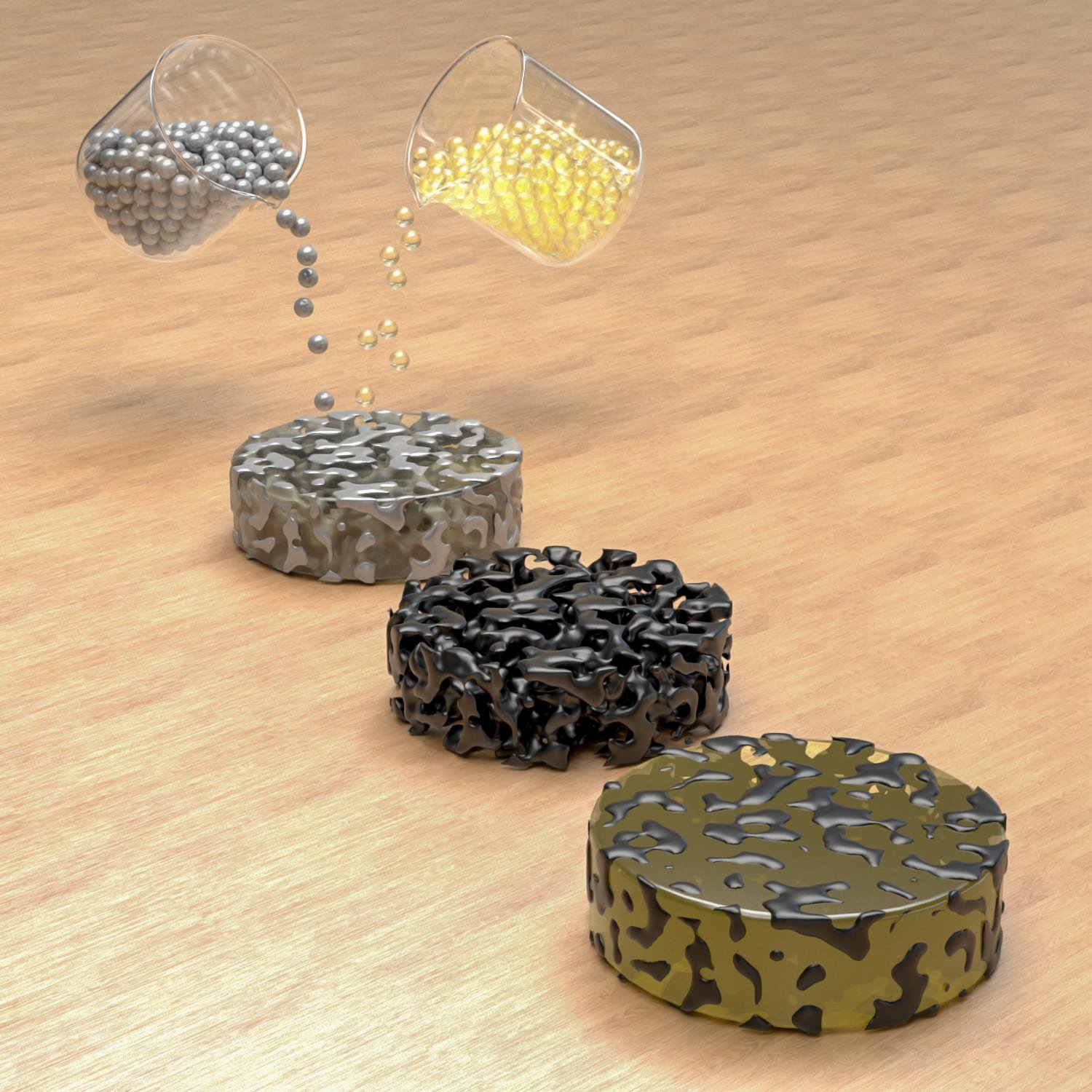Air force and scientists join to build a 'combat cloud'

Australia's air force is working on a cutting-edge nanotechnology "combat cloud" in which large numbers of tiny sensors placed on all kinds of planes and equipment will be able to see, hear and even smell everything around them.
The huge volumes of data from all these sensors will be fused by artificially intelligent computers into an overall picture of an air battle space that will be fast and easy for human military commanders to understand.
The project will draw on an unprecedented collaboration that was launched on Wednesday by the RAAF and the University of Sydney’s Nano Institute - signalling a growing trend of military-civilian co-operation that is common in some countries such as the United States but relatively underdeveloped in Australia.
Researchers involved have badged the plan an "internet of Defence things" - a variant of the civilian term referring to connected devices, appliances, vehicles and buildings that are increasingly creating so-called "smart cities".
Group Captain Jerome Reid, the director of the RAAF’s modernisation project named Plan Jericho, said it wasn’t enough for the force to have "exquisite platforms" such the new Joint Strike Fighter, satellites and large surveillance drones. These needed a "constellation" of sensors such as the thumbnail-sized devices being developed at Sydney University.
These would create a combat cloud whose data would be autonomously processed and then delivered to military commanders in what is termed "human-machine augmentation".
This so-called "augmented intelligence will enable us to cognitively overwhelm our competitors" by throwing challenges at them that are devised using the battle cunning and creativity that only the human mind can devise, yet at machine speeds, he said.
"We’ll have classic sensors, quantum sensors, electronic warfare sensors, that can be stitched together into a combat cloud," he said.
"Now, it’s not useful to have terrabytes of data coming at you in a torrent. That overwhelms the warfighter. That’s where you have autonomous processing using AI."
Ben Eggleton, the director of the Sydney Nano Institute at the university said the sensors his team was developing - many of which will be the size of thumbnails - could be used to detect a wide range of signals.
"A smart censor might be part of a radar system or it might sense the signature of fumes coming out of the back of an aeroplane by looking at the air quality around it, or it might look at an optical signature," he said.
They will be small, light, require little power and be affordable enough to manufacture in large numbers.
Machine learning - a form of artificial intelligence - would be applied to determine what the sensors were looking at.
"It’s pattern recognition basically. The machine will be able to say that plane is a [Russian] MiG-35 or that truck coming down the street is loaded and it’s probably a Korean truck."
The civilian-military collaboration is highly significant, the participants said.
Cara Wrigley from the university’s school of architecture, design and planning, who has been working with Plan Jericho for two years, described herself as the "sensemaker and translator" between the RAAF and the university researchers. She makes sure that the fundamental research the scientists are carrying out is directed at solving the problems the RAAF actually needs solved.
"It’s not all in a lab in isolation without input from that end user, which might be some of the most junior military personnel," she said. "We can build all the science in the world but if it doesn’t do what they need it to do, it’s not going to help."





